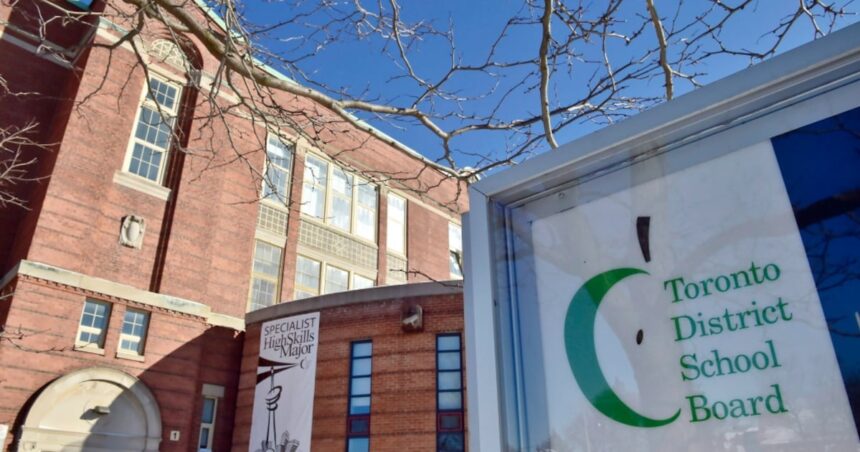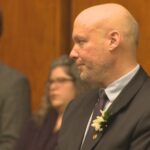In a move that has sent ripples through Toronto’s education community, the Toronto District School Board is contemplating drastic measures to address a staggering $58 million budget shortfall. The proposed cuts target some of the board’s most cherished amenities, including the potential closure of swimming pools and significant reductions to specialized music instruction programs that have long been hallmarks of Toronto’s public education system.
TDSB officials unveiled the sobering financial reality during Wednesday’s budget committee meeting, where they presented a series of potential cost-saving measures aimed at balancing the books for the upcoming 2024-2025 school year. Among the most contentious proposals is the possible closure of 11 to 33 swimming pools across the district—facilities that not only serve students but also provide valuable community recreation space throughout Toronto.
“We’re facing unprecedented financial pressures that require difficult decisions,” explained Shelley Laskin, TDSB Budget Committee Chair. “While these are preliminary considerations, the magnitude of our deficit means we must evaluate all options, including those that impact specialized programs.”
The potential music program reductions have sparked particular concern among educators and parents. The proposal includes eliminating 22 itinerant music instructor positions—specialized teachers who travel between schools providing instrumental music education—which would effectively diminish access to quality music instruction for thousands of students across the city.
Parents like Michelle Rodriguez, whose daughter attends Bloor Collegiate Institute, expressed dismay at the proposed cuts. “These programs are what make our schools special,” Rodriguez told CO24 News. “My daughter discovered her passion for violin through an itinerant instructor. Taking these opportunities away is shortsighted and undermines the well-rounded education we expect from Toronto schools.”
The budget shortfall stems from multiple factors, including inflation, increased operational costs, and what TDSB officials describe as inadequate provincial funding adjustments that have failed to keep pace with rising expenses. Despite receiving a funding increase of approximately $26 million from the Ontario government for the upcoming school year, the board maintains this falls significantly short of addressing their actual financial needs.
Education advocates point to a troubling pattern of fiscal constraints that have forced school boards across Ontario to make increasingly difficult choices. According to data from the Ontario School Boards’ Association, per-pupil funding has not kept pace with inflation over the past decade when adjusted for actual operational costs.
TDSB Trustee Rachel Chernos Lin emphasized that these cuts would have real consequences. “Swimming instruction is a life-saving skill, particularly in a city surrounded by water,” she noted during Wednesday’s meeting. “And our music programs provide essential creative outlets and cognitive development opportunities that benefit students across all academic areas.”
The board is also considering reductions to outdoor education programs, administrative positions, and classroom supply budgets—measures that would collectively impact the educational experience of the nearly 247,000 students who attend TDSB schools.
Ontario’s Education Minister Stephen Lecce has defended the province’s education funding, stating during a recent press conference that “Ontario continues to make historic investments in public education,” while emphasizing that school boards must “find efficiencies within their operations.”
The TDSB will continue budget deliberations throughout May, with a final vote expected in June before the plan is submitted to the Ministry of Education. Public consultations are scheduled in the coming weeks, giving community members opportunities to voice their concerns.
As Toronto’s largest school board navigates these financial challenges, the fundamental question emerges: How can public education maintain its commitment to developing well-rounded students while operating under increasingly restrictive budget constraints? The answer will likely reshape the educational landscape for a generation of Toronto students.























